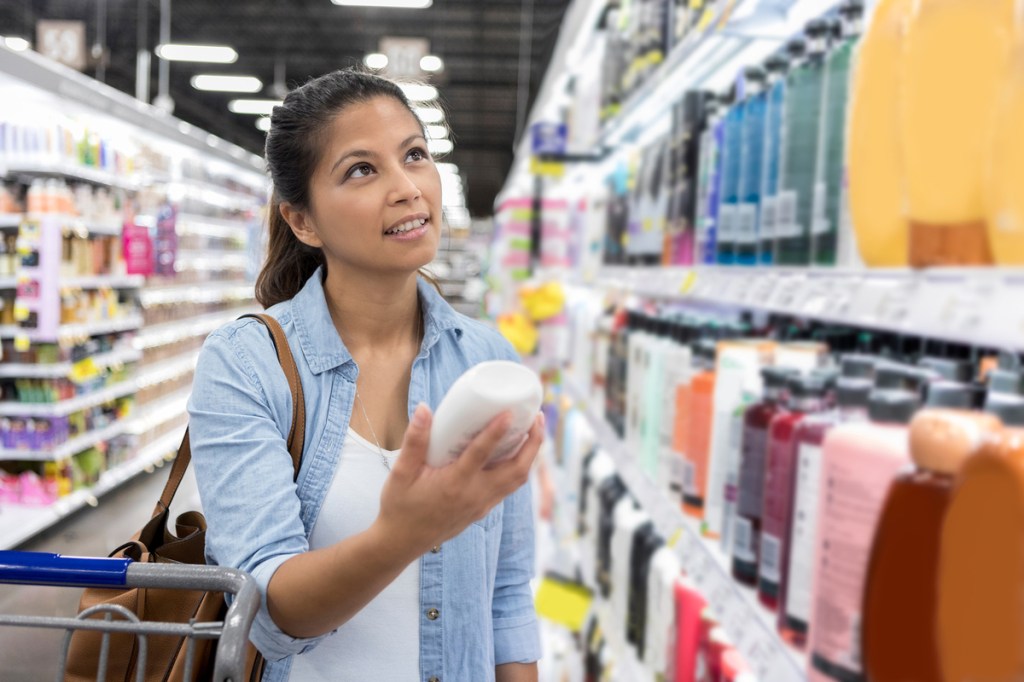Indian FMCG largely immune to the second wave of COVID
The second wave of the pandemic hit India in Q2 2021. As a result, the macroeconomic indicators, formerly on a recovering trajectory, plummeted again. Inflation and unemployment levels rose while industrial production fell.
With the strained macroeconomic indicators, consumer confidence indicated by the future spending index (released by the Reserve Bank of India) hit an all time low and fell close to that of May 2020, when wave one was at its peak in the country.
However, the growth momentum that was building up in India’s FMCG industry through the preceding quarters did not see any major setbacks, even with the sudden onset of the second wave.
In fact, when indexed to pre-Covid times (Q1 2020), the industry largely continued to remain at similar levels. Lockdowns were decentralized and partial in nature, which allowed greater accessibility for consumers. This also led to consumers avoiding panic buying and ensured lesser disruption in the supply chain.
Rural markets maintain force and metros ride the e-commerce wave
The rural markets continued strong growth on the back of a good monsoon season and affirmative action taken by the government. The Metropolitan (top 52) cities also experienced a significantly lesser impact of the second wave with a minimal 2% dip in sales.
This was a very different trend as compared to what occurred in the first wave of COVID-19 last year, when FMCG industry sales plummeted. Traditional trade channels like grocers and chemists also remained resilient during the recent quarter.
Metros in particular had a strong ally in e-commerce to sail through the troubled waters of Q2 2021. Benchmarked against the pre-Covid period (Q1 2020) of 100, the indexed value stands at 134 as compared to a modest 96 during Q2 2020, showing that the e-commerce channel has achieved a record high within the Metros in Q2 2021. Also, the contribution of e-commerce to total FMCG sales in the Metros reached the double-digit mark in May 2021.
Signs of positivity across traditional and modern trade
While traditional trade maintained stability during the last 3 quarters, chemists emerged as the most dynamic channel in Q2 2021. Chemists’ growth rate in the quarter (over the same quarter of 2020) was 11% higher than the total traditional trade channel growth for the same quarter. The inclusion of diverse categories from foods and homecare baskets on the chemists’ retail shelves are the reason for this trend.
Benchmarked against the pre-Covid period, modern trade is still in the recovery phase, but with the holiday season approaching the trend of recovery is likely to speed up.
FMCG retailers continue to evolve and optimize stocking
Prioritization of assortment and SKU (Stock Keeping Unit) range was a clear trend that emerged among FMCG retailers in Q1 2021, and the trend intensified in the second quarter.
Retailers continued to respond with evolved and optimized stocking behavior as the pandemic posed new questions with regards to their supply chains. Not only did they expand the number of categories per outlet (assortment width), but also optimized the number of variants and associated quantities in stock (assortment depth)—signaling a heightened competition in the retail shelf space.
One thing is certain: this calls for action by manufacturers to identify the right variants by market and find the optimum frequency for servicing retail outlets. The time to act is now.
The retail landscape in India is a fragmented and complex space. Navigating the channels requires a deep understanding of what trends are driving the industry and consumer behavior. Actionable insights can help you strategize to optimize your performance.





